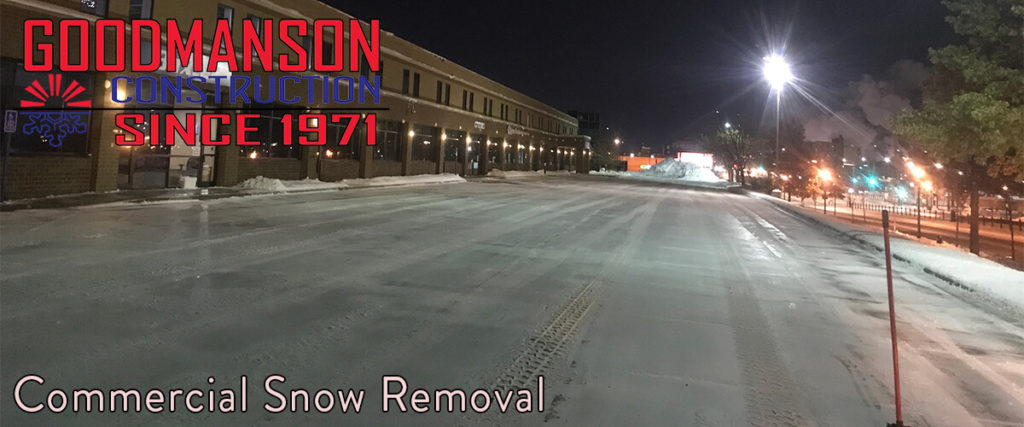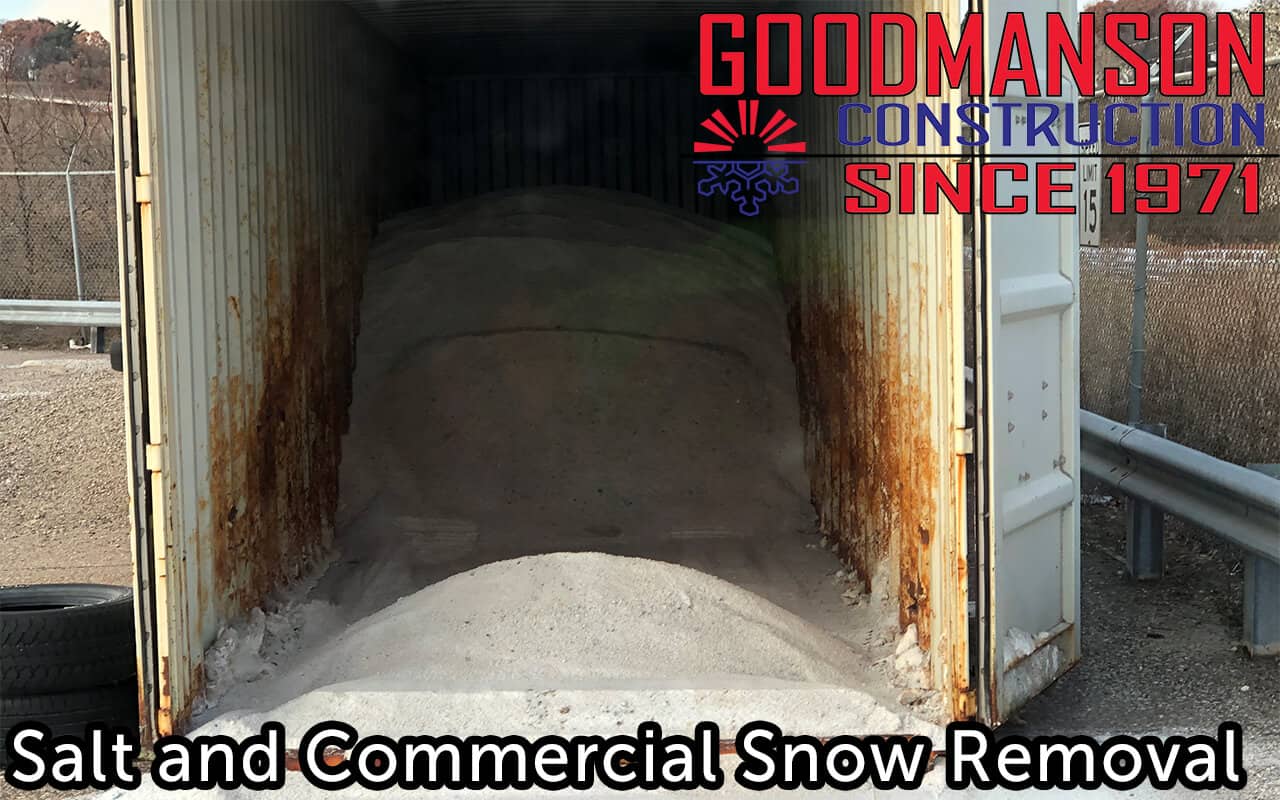
The Economics of Salt
Salt is a simple mineral, and an abundant one. But what you might not know is that there are many different kinds of types of salt that we categorize under the general term “salt.” Of course you know about our old friend Sodium Chloride, which is common table salt, but there’s also Calcium Chloride, Magnesium Chloride, Magnesium Sulfate and Calcium Sulfate.
“Rock Salt” is just a crude form of table salt.
Rock Salt is the reigning king of de-icing materials. That’s also sodium chloride, though in a cruder form. Just keep those technical terms in mind as we go through and talk about pricing and the market, because sometimes the industry terms can get a little confusing.
The reason Rock Salt remains the king, despite the difficulties of the market (which we will get into), is because the material itself remains abundant and cheap to acquire and it melts ice very well by lowering the freezing temperature of the water.
Climate Impacts on the Salt Market
The issues in the global salt market have to do with supply chain. And that’s where we get into talking about the Mississippi River.

Problems in the Market: Demand
Domestic production hasn’t been able to keep up with the demands in the Midwest. The cold temperatures and the wet weather has required the use of more salt, depleting the reserves that most snow removal companies had stocked up. There’s the demand part. Demand is up. And Domestic Supply (North America) cannot totally meet the demand.
So this means our salt needs to come from further and further away. This means it needs to cross great distances to get to Saint Paul and Minneapolis MN, and that’s where the climate hits us with another whammy.
Problems in the Market: Supply
You might be thinking to yourself at this point that if salt is such an abundant resource and so cheap, why is the market for salt so bad? Why would climate have any impact on supply? Did rain wash away all the salt?
No, it didn’t. Nothing climate related impacted the salt itself. What it impacted was the thing that impacts the price of salt the most: transportation and supply chain.
Before we go on, here’s a complication between salt shipped internationally versus domestically. A freighter on the ocean isn’t going to be the same type of ship as a barge going up the river or going on the Great Lakes. In fact, you can’t get those big ocean freighters up most parts of the waterway. What that means is if salt comes in from an international source, it likely has to change to a more appropriate vehicle to get up the river or onto the lake. That increases costs.
2019 was a very wet year. Very wet. One of the wettest years on record. Huge snowfalls in the midwest accompanied by heavy rains filled the river systems in the midwest. The river systems, and the main highway the Mississippi river, needed serious repair in order to get the barges up the river.
Wait a minute, a river needs repair? Hard to believe, but a river needs to be “tamed” by things like lock and dam systems before it can be used as a reliable waterway for shipment. It requires an entire infrastructure in order for barges to reliably travel up and down. And wouldn’t you know it? One of the major parts of that highway is closed for repair.
The Illinois Waterway is closed for repairs. This is devastating for supply because that means instead of the much cheaper water transport for the midwest, the salt has to get off the boat and onto trucks much sooner. That means more gasoline is necessary. That means paying more people to transport the salt (because you need more people to truck salt on the roads than to sail it up the river). This drives (forgive the pun) salt prices way up.
Want to hear even more bad news for salt prices? Of course you do. Misery loves company. Those domestic producers I mentioned before? They aren’t going to watch prices go up for international salt and not adjust their own prices accordingly. They’re going to watch the market trends and raise their prices to be competitive (but higher) for areas that have these kinds of transportation problems.
Before that salt gets to your snow removal service and snow plowing services, you’ve got a lot of key players who influence the pricing. And that brings us to our next topic, which is why you lock in your pricing.

This is why you lock in your pricing.
You’re able to lock in pricing in the previous year because companies that do snow removal and snow and ice management like Goodmanson Construction buy a lot of salt for the season, and most of the time we buy much more than we need. So we take stock of our supply and lock in pricing before we start buying more salt for the next season.
If we send out an email saying “lock in your pricing” take it seriously! No one is trying to pull a fast one here. We’ve posted links that can back up everything we’re saying about the market and where climate complications have driven up pricing.

